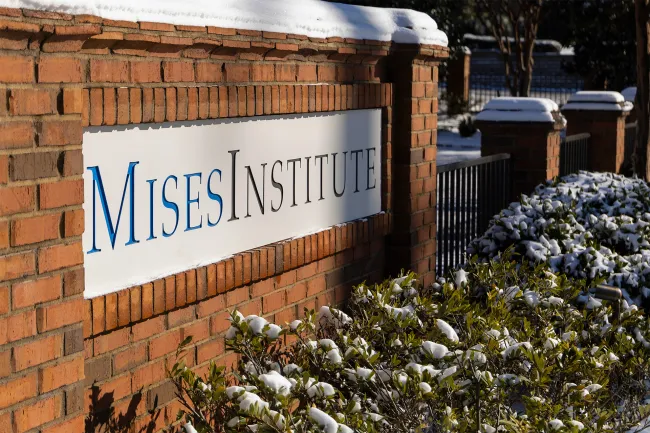The Fraudulent Social Contract of Bad Money Regimes
Progressives are fond of telling us that we are under a "social contract" with the government, in effect justifying whatever abuses authorities inflict. Putting up with massive inflation is the latest iteration of this so-called contract.










